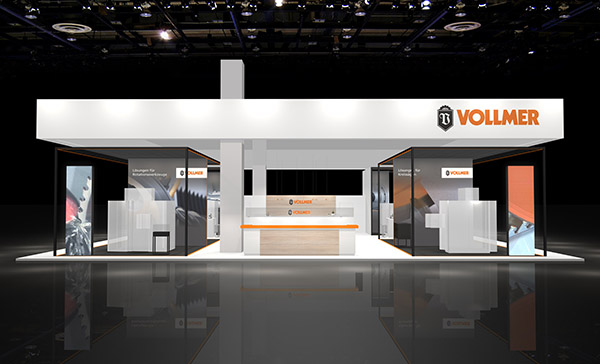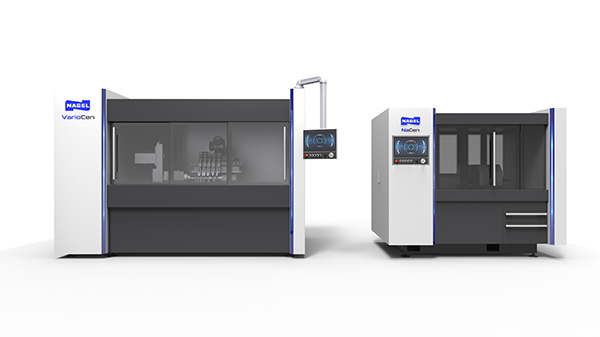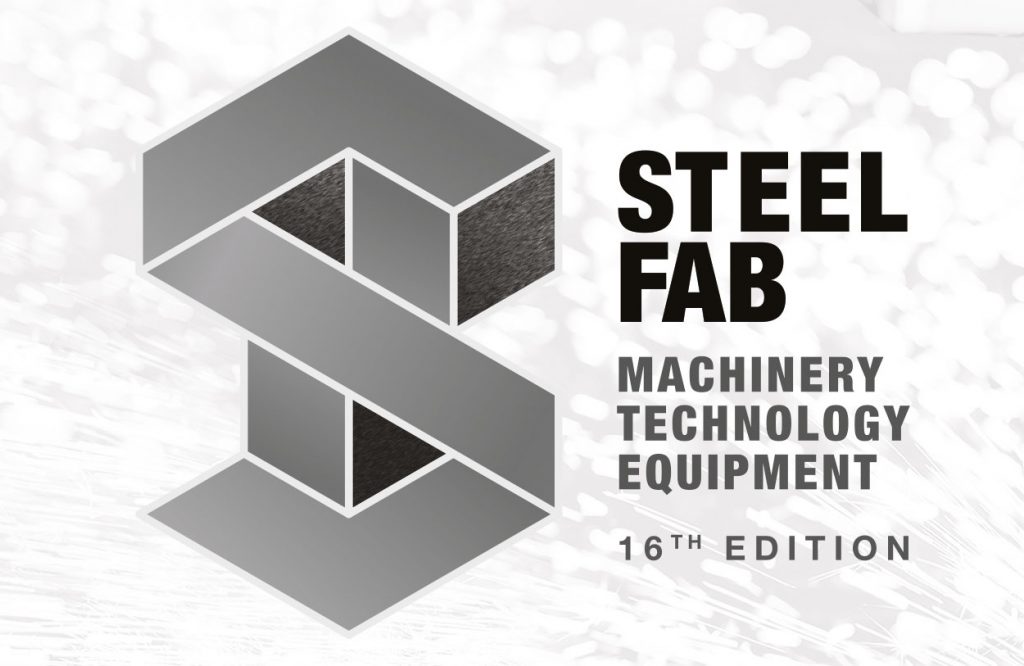Even though Nagel is primarily known as a partner in honing, the company boasts a broad portfolio of superfinishing machines, the latest addition to which is the economical NaCen machine platform. NaCen was specifically developed for small and mid-sized shops seeking a high degree of flexibility and affordability.

OEMs often turn to external suppliers for low and medium production runs as they are typically geared for higher volumes. Low volumes and frequent changeovers adversely impact OEM operations. For the latter, the challenge is to tool up with the right kind of cost-effective equipment so that frequent changeovers can be managed effectively without sacrificing quality.
“The NaCen machines are precisely tailored to such users,” states Christian Munzinger, sales manager at Nagel. “Rz values of less than 0.25 µm, with almost 100% bearing area ratios, can be consistently achieved.”
The NaCen machine platform stands for ‘Nagel Centre’ – meaning machining between centres. This machine concept is suitable for finishing numerous undulating components. With a maximum centre distance of 650 mm, all parts typically superfinished in passenger cars, such as camshafts, transmission shafts, gears, rotors, balance shafts and oil pump shafts, can be processed. Gear faces and similar flat surfaces can also be finished on this equipment.
Up to four finishing heads can be mounted on the machine base. The finishing module can either be a tape head or a stone head, or a combination of both. Tape is continuously indexed during the finishing cycle to expose fresh abrasive. The rate at which it is pulled can be adjusted via the HMI.
Various electrical interfaces are available for automating the machine, while loading is possible from four sides (front, rear, right and top). The machine is also equipped with an integral 200-litre filtration system.
For further information www.nagel.com
























